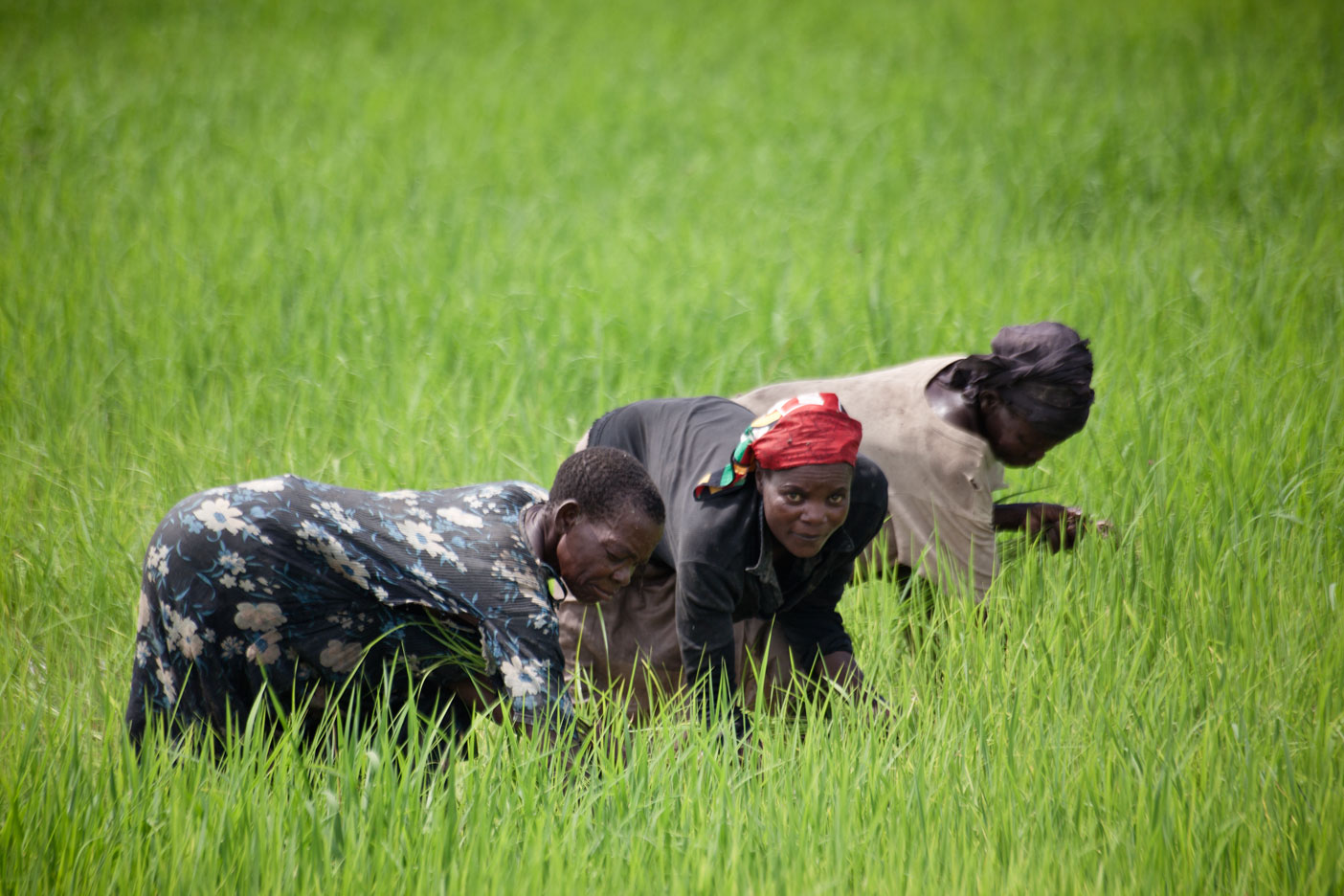
The CGIAR Research Program on Rice, also known as the Global Rice Science Partnership (GRiSP), brings together over 900 partners from the academic, public, private, and civil society sectors with a stake in rice development. You may have received questions, or have them yourselves about: How does one bring together over 900 partners from such a wide background in a globally-coordinated approach to rice research for development? What are the partnership mechanisms and structures that operate under GRiSP? How do the GRiSP coordinating partners align GRiSP’s strategy and activities with those of rice-growing nations and with regional multinational development bodies?
GRiSP recently published a report entitled "GRiSP partnership in motion", which can be browsed and downloaded from the GRiSP.NET website.
The report attempts to give some answers to these questions and to shed light on the functioning of the many partnership arrangements entailed. It also serves as input to the GCARD Roadmap: the GRiSP partnerships described in the report follow up on the commitments made at the Second Global Conference on Agricultural Research for Development (GCARD2), Punta del Este, Uruguay, 2012.
Women and rice farming
CGIAR Centers and their CRP research programmes are important partners in the multi-stakeholder Gender in Agriculture Partnership (GAP). This partnership brings together a very wide range of agencies, working together to ensure gender equity and women’s empowerment are at the heart of agricultural policy, research and development, capacity-development and institutional-building agendas. Addressing this need, a new report has now been launched by GRiSP - Women in motion.
Women play an important role in the global rice sector as both paid and unpaid family labor. In many parts of Asia, women contribute at least half of the total labor input in rice production, performing backbreaking tasks such as transplanting and weeding. After harvest, it is usually the women who take care of seed storage and processing of rice (drying, milling) for home consumption. In Africa, women undertake much of the work in traditional rainfed and upland rice production systems and play an important role in the rice value chain after harvest.
Yet, these women face many constraints because of the prevalence of gender stereotypes and social restrictions that hamper their access to technical knowledge and technologies. It is widely acknowledged that increased participation of women in agricultural research for development and extension will accelerate the realization of development goals, such as reducing poverty and increasing food security.
GRiSP’s gender strategy aims to empower women and accelerate the delivery of its development objectives. The term “empowerment” integrates the strengthened role of women in the design, experimentation, and evaluation of agricultural research for development, as well as improved access to resources (e.g., production inputs, knowledge, and improved technologies) and control over output (e.g., harvested rice, processed rice, and other products).
This report provides examples of early success stories, taken from various projects and activities that are part of GRiSP. It demonstrates how well-targeted activities and product development strengthen the role of women in the rice sector and improve gender equity. The examples let women tell their own stories and also explain how GRiSP research led to the products and services that underlie these successes. I hope you will enjoy these stories and join us in helping make this world a place where women can fully reach their potential and contribute to ending poverty and hunger.
Contribution received from Bas Bouman, Director, CGIAR Research Program – Global Rice Science Partnership (GRiSP)
